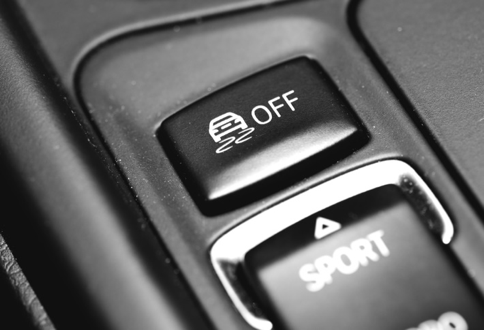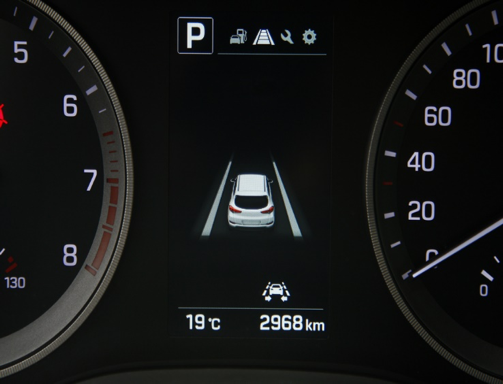
As we progress down the road to fully autonomous cars, new drivers can benefit from the safety technology that is available in many of today's newer vehicles.
We are currently in the age of semi-autonomous, driver-assisted vehicles. Many of today's cars come equipped with advanced driver assistance systems (ADAS) that automate, adapt, and enhance vehicles for safety and better driving. And while all drivers can benefit from ADAS, the technology can be especially helpful for new drivers as it can help prevent collisions that are all too common in the young and inexperienced.
Of course, ADAS technology cannot replace knowing how to safely handle your vehicle. It can however, offer you a virtual safety net at a time when, it could be argued, it is needed most: when you're first starting out and learning the complexities of driving. In order to be beneficial, though, you need to know which systems are available in your car and how the systems work in order for them to be effective. ADAS impacts vehicle performance and handling which is why it's important that young drivers learn how these technologies impact the human—vehicle interaction when enabled.
10 common and emerging in-vehicle driver assistance technologies
It's time to break out your owner's manual because if your vehicle is equipped with any of the following systems, you've got access to some of the best safety tools available: technology that can keep you safe behind the wheel and minimize the risk of a collision.
1. Anti-lock braking system (ABS): Standard in most vehicles, ABS helps you maintain steering capabilities while braking hard to avoid a collision. When engaged, ABS will pump the brakes to keep your wheels from skidding. When you feel the ABS kick in though, don't let up on the brake — let the ABS do its thing.
2. Electronic stability control: Let's say you took a corner too quickly. This will help you maintain control of your vehicle if the direction your vehicle is going doesn't align with your steering. It will automatically brake one or more wheels and reduce your speed to help you right your route.
3. Traction control: On slick or icy surfaces, traction control minimizes the likelihood that your wheels will spin or slip when accelerating. Like most ADAS technologies, in general, you would never turn off the feature. However, one of the few times you would turn traction control off would be when you're stuck in the snow.

4. Forward collision warning: Consider this feature an early warning system that detects when a vehicle ahead of you is slowing or stopped. If you get too close to the vehicle, then yours will let you know that it is time to apply the brakes and slow down.
5. Automatic emergency braking (AEB): If your vehicle's sensors detect that a collision with the car ahead of you is imminent, AEB will apply your brakes if you fail to do so yourself. It's a feature that has caught the eye of insurers too — some now offer a discount to drivers of vehicles equipped with AEB.
6. Lane departure warning: If you haven't initiated your turn signal and start to drift into another lane, this system will provide you with a warning. The warning will vary by vehicle but it could be a warning light, sound, or in some cases, a vibrating steering wheel or driver's seat. This feature will only work when the lines on the road are clearly visible and marked.

7. Lane-keeping assist: If your lane departure warning is activated, and you don't take corrective measures, this feature will guide your vehicle back into the proper lane.
8. Blind spot detection: All vehicles have a blind spot, and this feature will alert you when a vehicle is sitting in yours and not easily seen. Usually the alert appears in your side-view mirror. However, many vehicles take it one step further: if you haven't noticed the vehicle in your blind spot and you signal your intention to change lanes, an additional audio or visual warning may be triggered, letting you know it's not safe to switch yet.

9. 360-degree multi-view camera: While we can all appreciate the backup camera (it's virtually a standard feature nowadays), vehicles equipped with cameras in the front, back and sides offer a full 360-degree view of the vehicle.
10. Adaptive cruise control (ACC): This is basically cruise control 2.0. Not only can you set the speed that you want to travel but you can also select your following distance for the car ahead of you. If the other driver's car slows, the ACC will change your speed to give you the room you need.
There is often debate on when fully autonomous cars will become a reality. One thing that can't be debated, however, is that the drive towards fully autonomous cars is creating cars today that offer features that benefit all drivers, not only new ones.
Also on HuffPost: